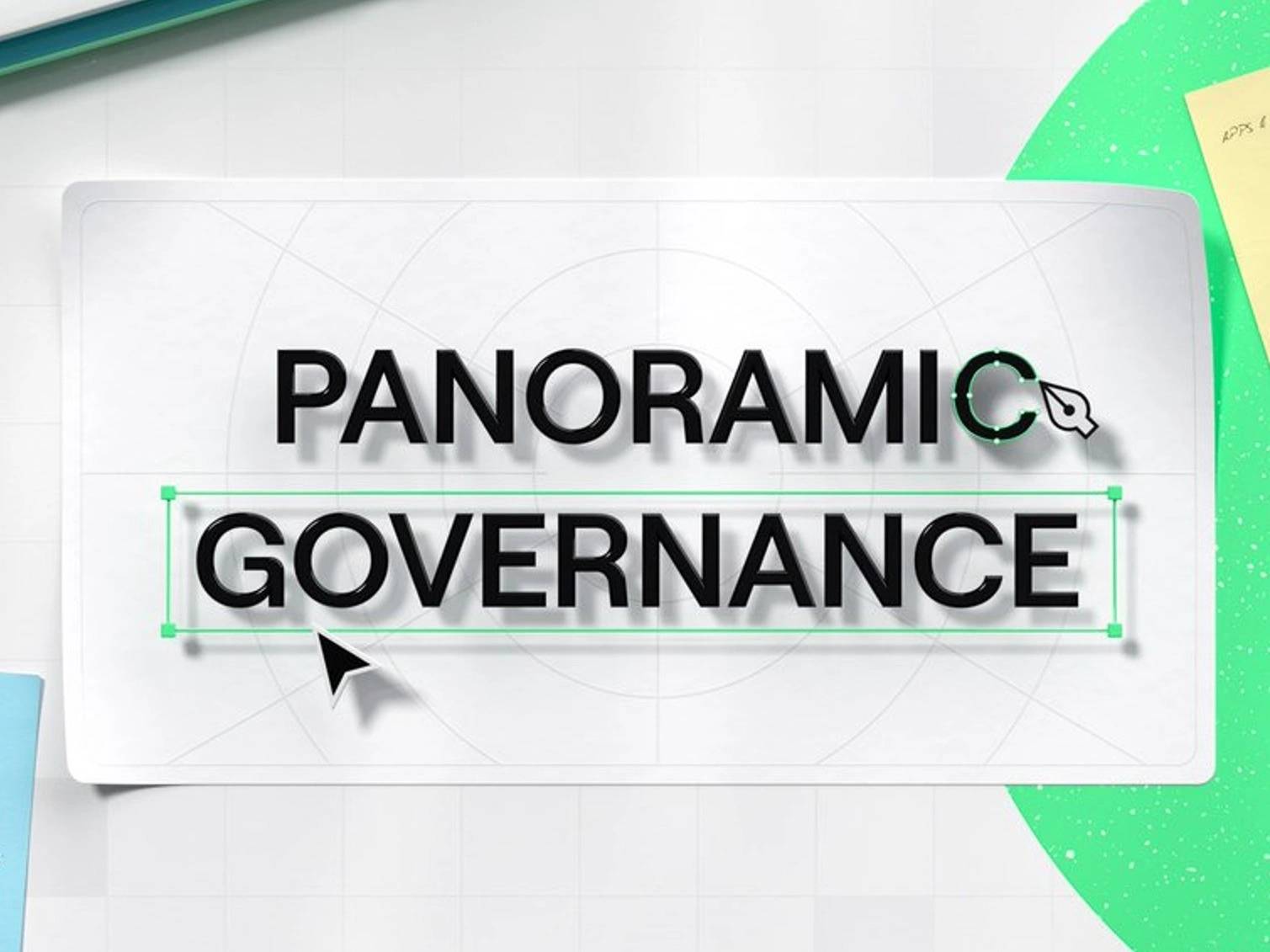위키 구독하기
Share wiki
Bookmark
Panoramic Governance (PG)
IQ AI를 발표했습니다.
Panoramic Governance (PG)
전망적 거버넌스는 2계층 블록체인 내에서 거버넌스 참여를 강화하고 프로토콜 성장을 촉진하는 것을 목표로 하는 메커니즘입니다. 고유한 거버넌스 토큰과 사용자가 가스 수수료를 지불하여 빠른 트랜잭션 순서 및 사전 확인을 받을 수 있는 시퀀싱 시스템을 갖춘 모든 2계층 블록체인에서 사용하도록 설계되었습니다.[1]
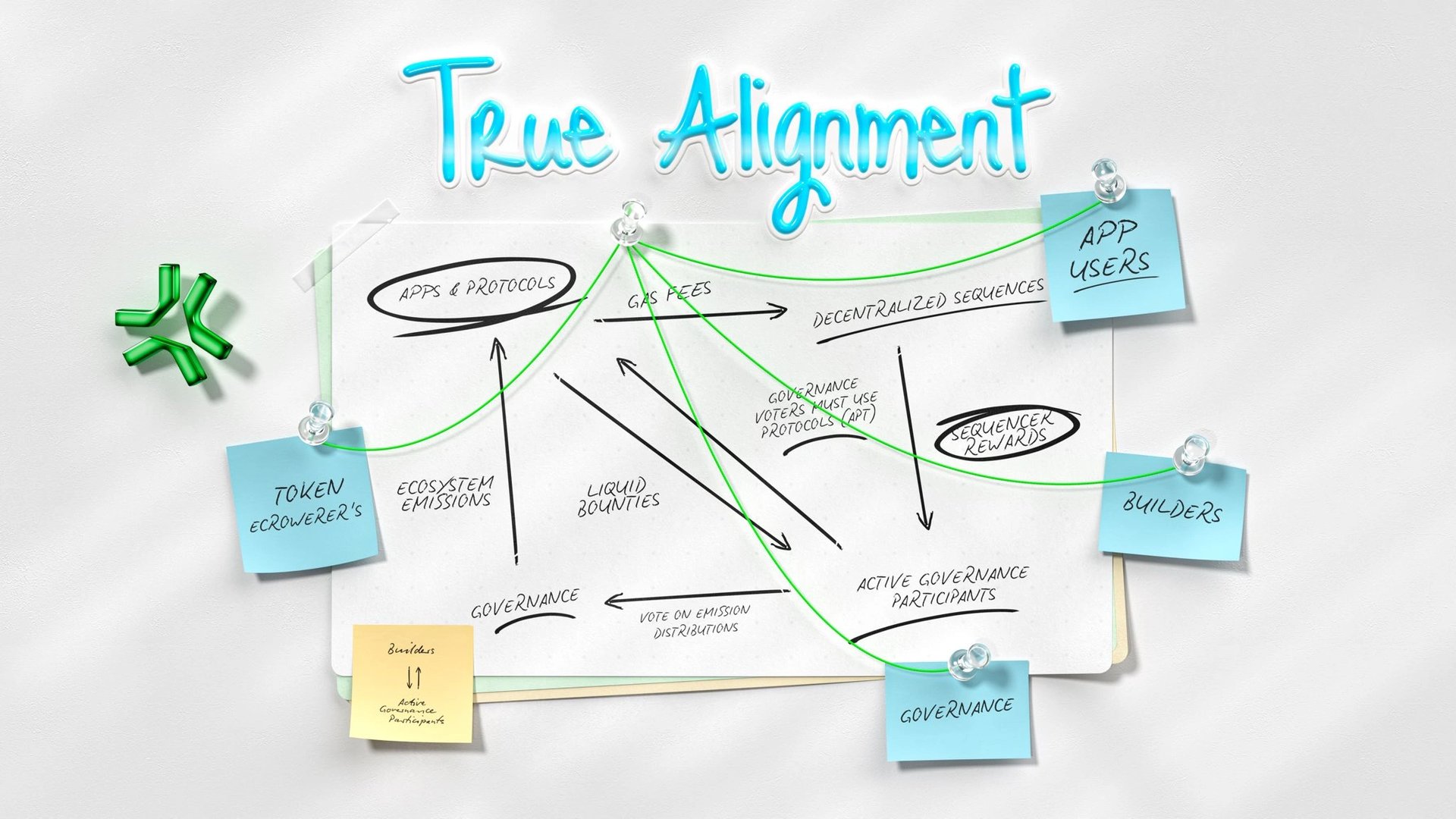
개요
전망적 거버넌스(PG)는 2계층 블록체인 내에서 거버넌스 참여를 개선하고 프로토콜 성장을 촉진하는 것을 목표로 하는 메커니즘입니다. 고유한 거버넌스 토큰과 사용자가 가스 수수료를 지불하여 빠른 트랜잭션 순서 및 사전 확인을 가능하게 하는 시퀀싱 시스템을 갖춘 모든 2계층 블록체인에 구현될 수 있습니다.
PG는 사용자, 프로토콜 및 체인 운영자가 적절한 인센티브를 받도록 하여 가치 정렬된 생태계를 구축하고자 합니다. 활동적인 거버넌스 참여자에게 시퀀서 수수료를 배포하는 시스템과 참여자가 프로토콜에 토큰 배출을 할당할 수 있는 시스템의 두 가지 상호 의존적인 시스템으로 구성됩니다. 이 구조는 2계층 생태계의 일반적인 불일치를 해결하고 모든 이해 관계자 간의 협력과 성장을 촉진하는 것을 목표로 합니다.[1][2][3]
구성 요소
활동적인 거버넌스 참여자
거버넌스는 분산 네트워크에서 필수적이며 전망적 거버넌스(PG)의 핵심 측면을 구성합니다. 활동적인 거버넌스 토큰 보유자는 의미 있는 참여를 장려하기 위해 시퀀서 수수료를 받도록 지정됩니다.
네트워크는 활동 참여 임계값(APT)이라는 휴리스틱을 통해 "활동적인" 참여자를 정의하는 기준을 설정합니다. 이 임계값은 특정 한계를 초과하는 트랜잭션 수, 제출된 트랜잭션의 총 가치 또는 네트워크에서 결정된 기타 기준과 같은 요소를 고려할 수 있습니다. 목표는 네트워크에 적극적으로 기여하는 참여자만 시퀀서 수수료 보상을 받을 수 있도록 하는 것입니다.[2]
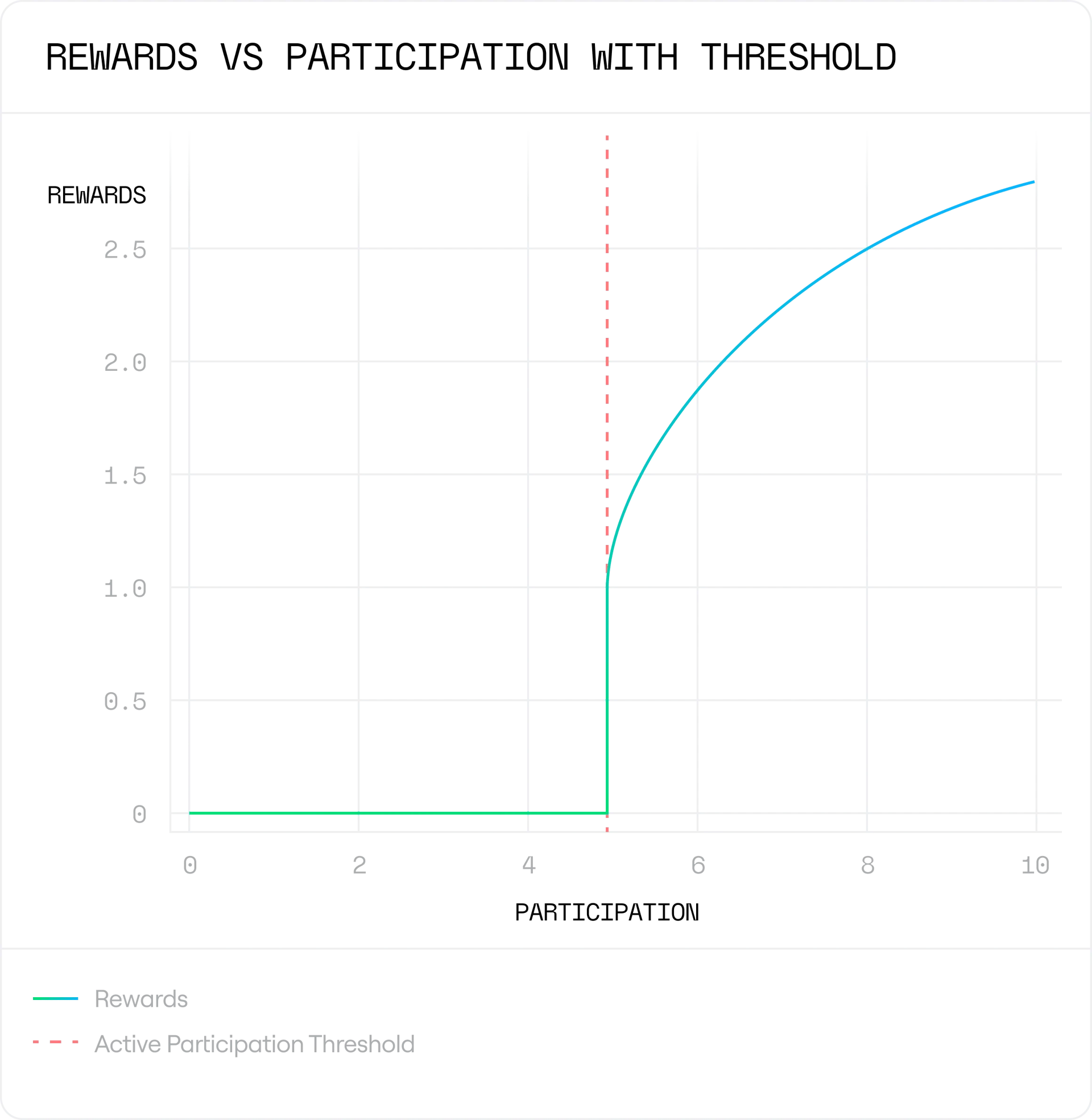
프로토콜 배출
전망적 거버넌스는 Curve Finance의 게이지 메커니즘에서 영감을 얻어 다양한 프로토콜에 토큰의 일부를 할당하여 성장을 목표로 합니다. 거버넌스 참여자는 각 에포크마다 이러한 배출이 어떻게 배포될지 투표합니다. 성공적인 프로토콜은 더 큰 거버넌스 지분을 확보하여 시퀀서 수수료의 더 큰 비율을 얻는 것을 목표로 합니다.
새로운 프로토콜은 거버넌스 참여자에게 인센티브로 "유동적인 보상"을 제공하여 프로토콜에 대한 더 많은 배출 할당을 장려함으로써 성장을 강화할 수 있습니다.[2]
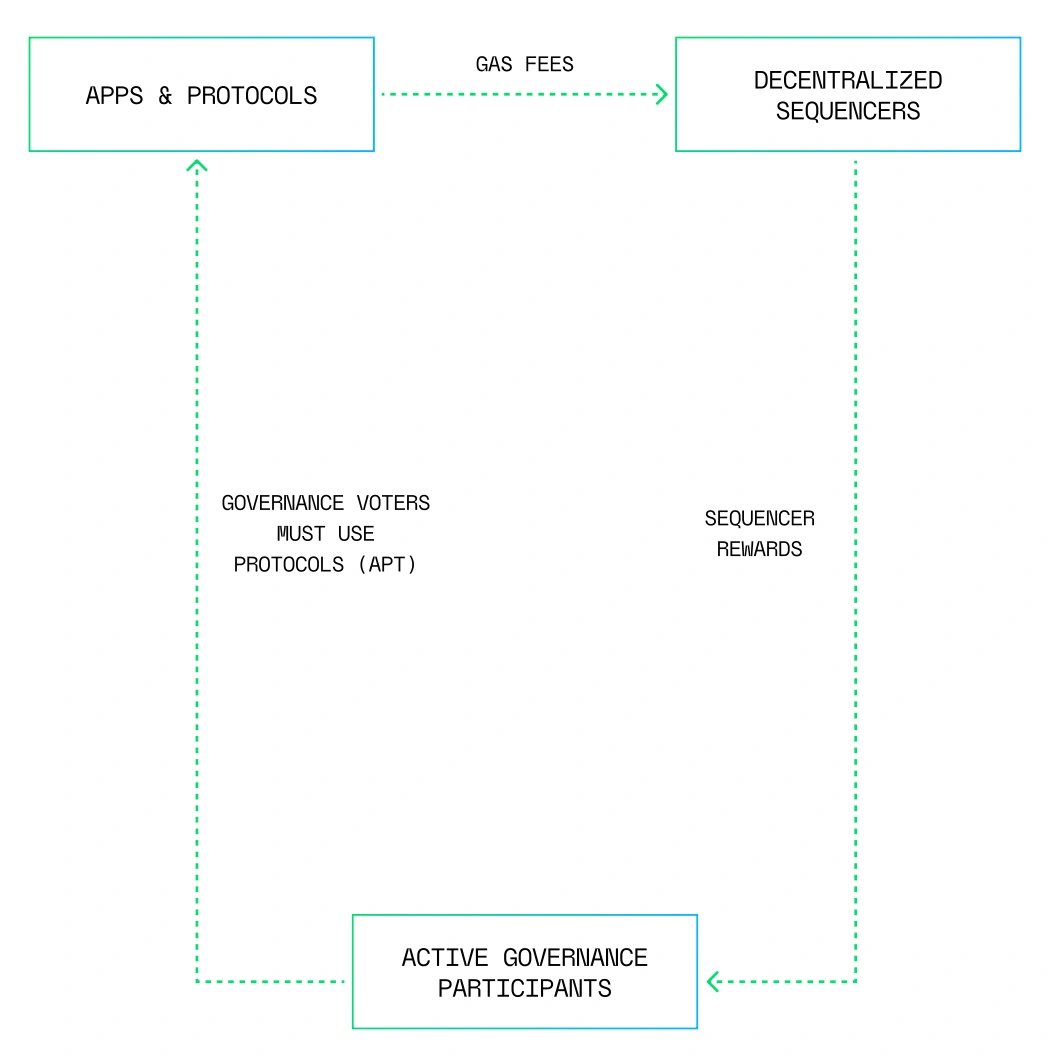
플라이휠
전망적 거버넌스는 시퀀서 수수료를 배포하는 활동적인 거버넌스 참여 및 네트워크에 대한 상당한 기여에 대한 보상을 통해 프로토콜 성장을 지원하는 생태계 배출이라는 두 가지 주요 인센티브 시스템을 통합합니다.
참여자는 네트워크의 최상의 이익을 위해 행동하고 상당한 기여를 제공하거나 매력적인 유동적인 보상을 제공하는 프로토콜에 투표하여 거버넌스에 참여하도록 장려됩니다. 반대로 프로토콜은 거버넌스 참여자로부터 더 많은 배출을 확보하기 위해 기여를 강화하도록 동기를 부여받습니다.
이러한 시스템은 시퀀서 수수료 및 네트워크 토큰을 포함한 미리 정의된 자본 할당을 활용하여 지속 가능하지 않은 토큰 인플레이션 또는 과도한 배출과 관련된 위험을 최소화함으로써 지속 가능성을 보장하는 폐쇄적이고 자체적으로 유지되는 플라이휠을 만듭니다.[2][1]
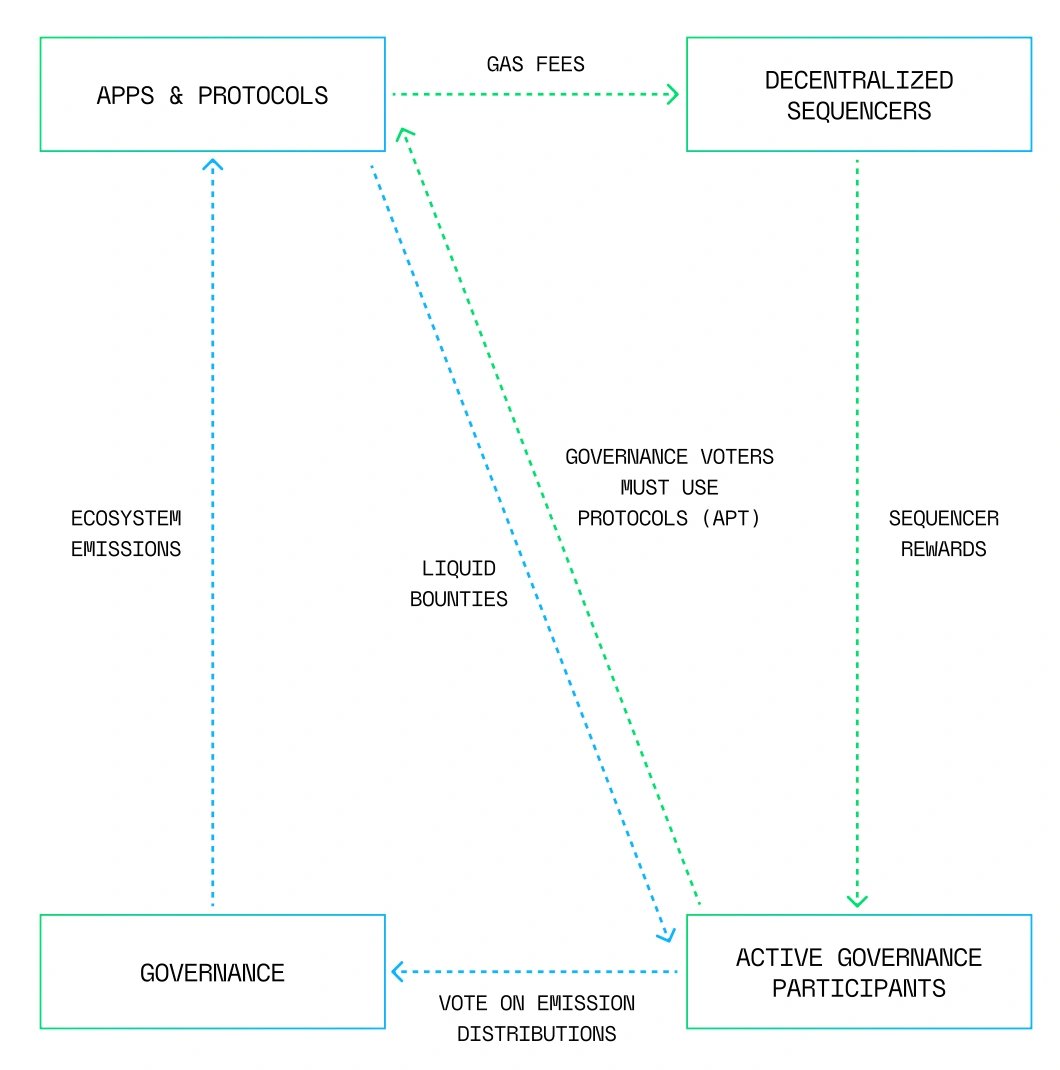
잘못된 내용이 있나요?
